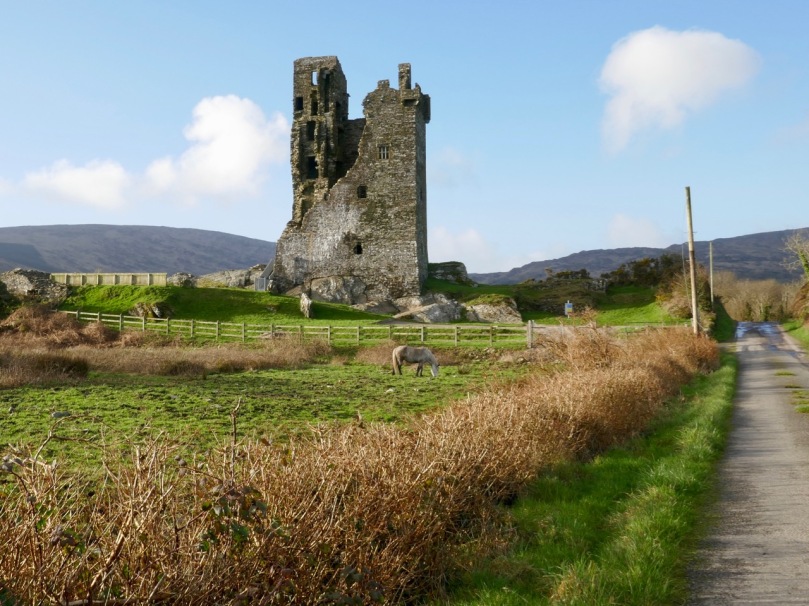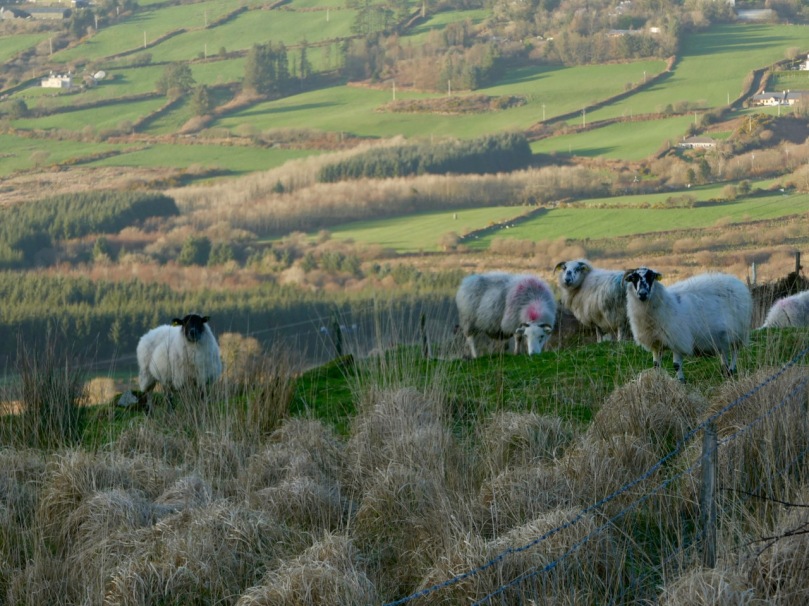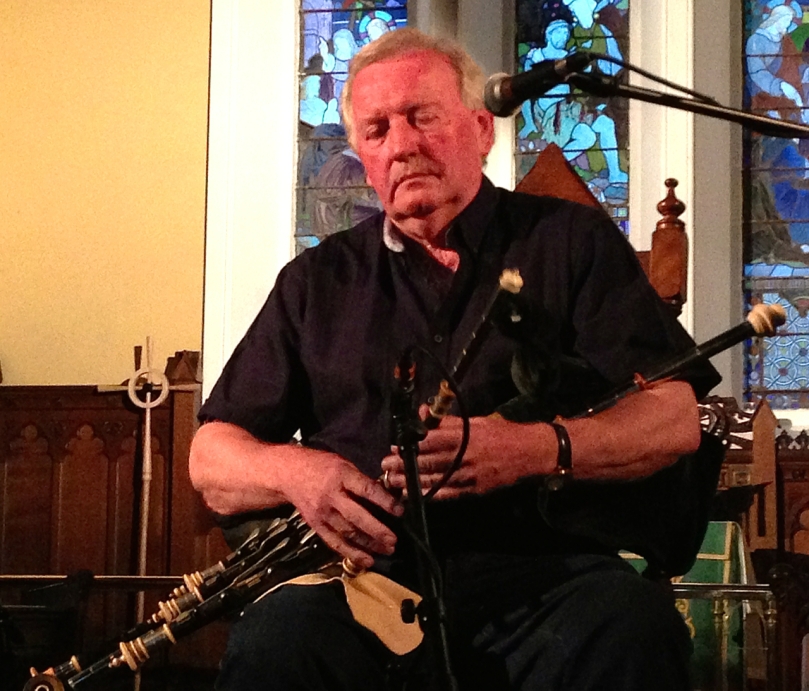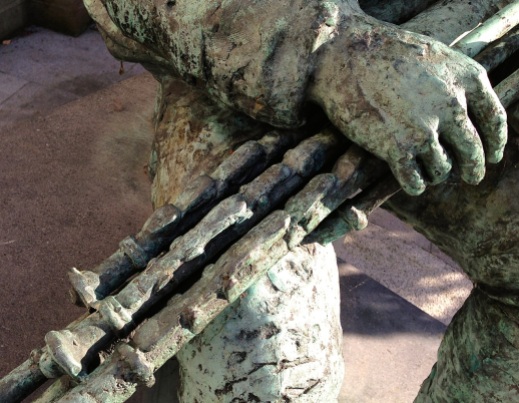At this time (March 2020) the regular Friday evening traditional music sessions in Ballydehob have become a casualty of the Covid19 pandemic: pubs are closed and meetings are banned. Things will change, and the sessions will come back – hopefully before too long. In the meantime let’s have a virtual session, courtesy of the internet!
Ballydehob was known as ‘Swanton’s Town’ until around 1820. It was named after a family from Norfolk who became prominent in the area in the 17th century. So, let’s call our new – temporary – venture: Swantonstown Sessions – It rolls well off the tongue, after all (once you get used to it)! There are still Swantons in the village, by the way:
To kick things off, I’m putting up a video of me playing a tune I have just learnt. It’s an easy enough tune, which you can all join in with: a waltz with a story attached. Here’s the tune – Rock All Our Babies To Sleep – I start it off in G and then play it in C, as I like the jump, which gives the music a lift:
Now, here’s the story . . . The tune was originally a cowboy yodelling song! ‘Cowboy songs’ were popular in the States in the 1920s and 30s, before there was such a thing as ‘Country and Western’. One of the earliest ‘cowboys’ to make his name was Jimmie Rodgers (James Charles Rodgers, 1897 – 1933).
Rodgers fused hillbilly country, gospel, jazz, blues, pop, cowboy, and folk, and many of his best songs were his compositions, including “Blue Yodel”, which sold over a million records and established Rodgers as the premier singer of early country music . . .
Sometimes known as “The Father of Country Music”, Rodgers was particularly remembered for his distinctive rhythmic yodelling style. Unusually for a music star, Rodgers was known best for his extensive recordings rather than for his live performances. Rock All Our Babies to Sleep was recorded by Rodgers in 1932. He had been diagnosed with tuberculosis in 1924, at the age of 27, and died from the affects of the illness at the age of 35 on May 26 1933. We are fortunate to have this recording available on YouTube:
So how did the Cowboy song from 1932 get to a traditional music session in Ballydehob? By a process of evolution! And via Scotland, as it happens . . . I am a great fan of two traditional Scottish musicians: Phil Cunningham from Edinburgh and Aly Bain from Lerwick on the Shetland Islands. I heard them playing a waltz which they called Rocking the Baby to Sleep and immediately decided I had to learn it. My method of learning is listening, and then playing until I think I have the tune – most of the time the method works; sometimes, I find that I have made up my own version of the tune. Here are Cunningham and Bain playing their rendering (which has moved on a fair bit from Jimmie Rodgers!) and you can compare this yourself to my oral interpretation of their playing, above. It’s a little different, certainly, but what’s important (I think) is that a good tune comes out of the fluid process. Incidentally, I have left in the second tune on the Cunningham/Bain track: Frank McConnell’s Three Steps – it’s something we could introduce to our session later.
So that’s the story of the new tune I’m bringing into our session. I usually play it through once in G, once in C, then the third time back in G (it creates a good bit of variation) – then I launch straight into two rounds of my own take on a French Canadian tune that the session must have got used to by now: Louis’ Waltz.
So where do we go from here? I have put this up on our journal because it gets a wide audience, and anyone can access it. But I suggest we could create a short-term blog, free to join, which can be shared around. Anyone wanting to put tunes and songs on that blog can record them on a smartphone – audio or video – and send me a file. Better still, upload them on to YouTube and send me the URL. I will then add them to the new blog. We would also welcome all information about the tunes and any relevant stories – or just ‘chat’! There may be better or easier ways of doing this interactively: I’m open to all suggestions. You can get me on my web email:
Here’s to when we can all meet and play together again in Ballydehob!

































































